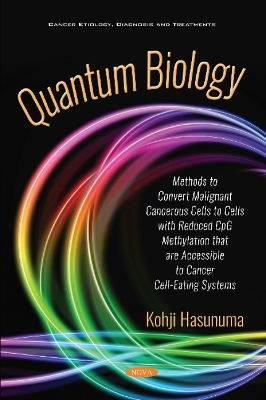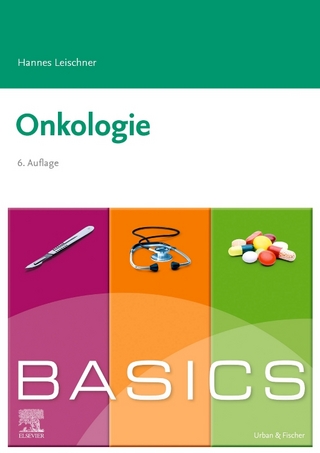
Quantum Biology
Methods to Cure Malignant Cancerous Cells into Cells with Reduced CpG Methylation Accessible to Eating Cell Systems
Seiten
2019
Nova Science Publishers Inc (Verlag)
978-1-5361-4775-9 (ISBN)
Nova Science Publishers Inc (Verlag)
978-1-5361-4775-9 (ISBN)
The 3O2 generated by the photolysis process will accept enough energy from triplet-chlorophyll to provide the energy states of a singlet of oxygen (1O2), 1Δg, and 1Σg+, with emissions in the range of 200 500 �m. The 1O2 would react with unsaturated fatty acids to form malondialdehyde (MDA).In humans, the methylation of CpG islands in cancerous cells is so high that the sensing ability of the occurrence of environmental changes to genes with CpG islands could be insufficient for genes with CpG islands. House-keeping genes function independently by sensing various types of information from neighboring cells, and supporting the proliferation of cells behaving as cancerous cells so that the cells achieve a malignant, metastatic state. The CpG island-controlled genes (47,000/human haploid genome) and CpG island-independent genes (33,000/human haploid genome) co-regulate in the normal cell systems.FAD, FMN, riboflavin, and derivatives of heme groups are well known as photosensitizers, which emit 1O2 with ROS in the solution in vivo. In sunlight, photosensitizers will function as the generators of 1O2 and ROS. During the daytime, there is a plentiful supply of 1O2 and ROS from the sunlight, and which inevitably constitutes the circadian rhythms of ROS. The repeated evolution of 1O2 and ROS would function to stimulate the methylation of CpG islands.The tubulin structures, extending from the plasma membrane to two centrosomes and located along the sides of the nucleus, are designated as asters. In darkness, the protein complex of NDPK-1/catalase is located in the plasma membrane. However, upon receiving light illumination, the NDPK-1/catalase function captures 1O2 using catalase. The NDPK-1 binds NADH and supplies electrons to bind 1O2 that is bound to the catalase, resulting in the release of a super oxide (O2.-). The NDPK/catalase protein complex located in the plasma membrane moves along the aster-forming tubulin structure to the cytosol. As a result, the nucleus is protected from 1O2 by the wall, which is composed of the NDPK-1/catalase complex.
For more information, please visit our website at:https://novapublishers.com/shop/quantum-biology-methods-to-cure-malignant-cancerous-cells-into-cells-with-reduced-cpg-methylation-accessible-to-eating-cell-systems/
| Erscheinungsdatum | 20.02.2019 |
|---|---|
| Verlagsort | New York |
| Sprache | englisch |
| Maße | 155 x 230 mm |
| Gewicht | 178 g |
| Themenwelt | Medizin / Pharmazie ► Medizinische Fachgebiete ► Onkologie |
| ISBN-10 | 1-5361-4775-3 / 1536147753 |
| ISBN-13 | 978-1-5361-4775-9 / 9781536147759 |
| Zustand | Neuware |
| Haben Sie eine Frage zum Produkt? |
Mehr entdecken
aus dem Bereich
aus dem Bereich
Korrigierter Nachdruck 2020 mit allen Ergänzungen der UICC aus den …
Buch | Softcover (2020)
Wiley-VCH (Verlag)
42,90 €
Resilienz innovativ stärken : ein Praxishandbuch
Buch | Softcover (2023)
Kohlhammer (Verlag)
36,00 €


